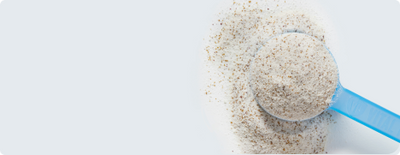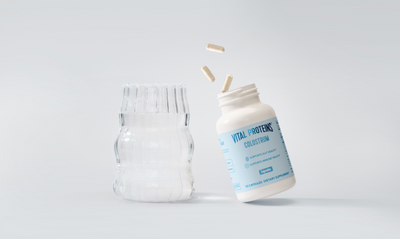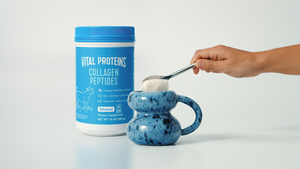So how does collagen fit into all this?
Collagen is a unique protein. It plays a remarkable role in the body, particularly in its support of physical structures. Collagen-dense tissues such as bones, joints and tendons essentially serve as the body’s scaffolding. In skin, collagen provides thickness, flexibility and resilience, as an organ of protection.Collagen is a very big protein. It’s made up of a twisted helix, or “ braid” of three long amino acid chains. In order for the body to use it for food, collagen has to be greatly broken down because it’s such a long and tough protein. Traditionally collagen food sources such as tendons, bones and skin are cooked for long periods of time to soften the tissues until they become gelatinous. In reality, gelatin is collagen that has been softened or broken down, with its long strands unraveled into long chains of amino acids.Collagen peptides are derived when these long chains are chopped into peptides, or short chains of amino acids. These peptides, when consumed on a regular basis, have been shown in numerous studies to support skin, joints, hair and nails.**^





















